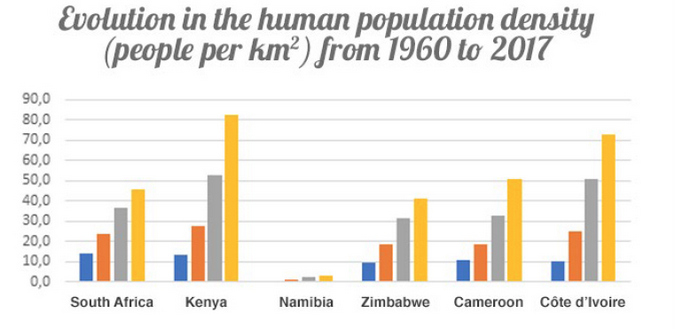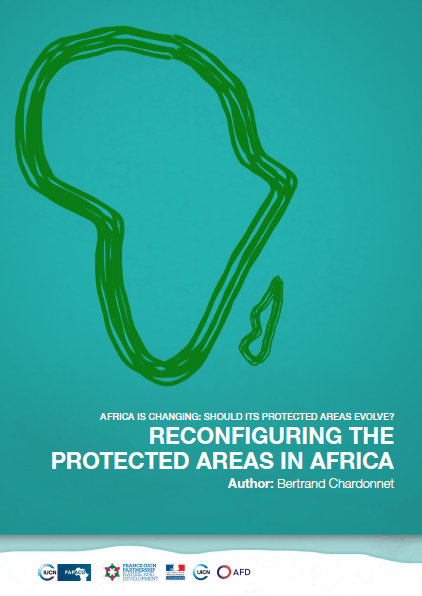
In his IUCN report titled ‘Africa is changing: should its protected areas evolve? Reconfiguring the protected area in Africa’, wildlife vet and protected areas consultant Bertrand Chardonnet suggests that the following factors are required to effectively conserve biodiversity in Africa’s protected areas:
1. A minimum of US$7-8 per hectare per year of funding
2. Political backing and management skills
3. Support from local communities
Chardonnet also suggests that the larger, more ecologically intact areas are vital because they hold higher biodiversity than the smaller, more disturbed areas. Human population growth is mentioned as placing increasing pressure on these protected areas.
He recommends an increase in protected area size and boundaries, not by evicting people already living in those areas, but rather by the reclassification of areas not currently under sufficient ecological protection.

First opportunity:
Chardonnet notes that the ongoing decline in big game/trophy hunting opens up the opportunity to join up former hunting areas with protected areas – this process being subject to the availability of sufficient funding.
Second opportunity:
The second opportunity highlighted by Chardonnet is the potential creation of community tourism conservancies in these areas – with benefits relating to conservation and community development, which will also facilitate better management of human-wildlife conflict. The financing of these tourism projects is seen as a considerable business opportunity.
Chardonnet stresses that no protected area can function without a prevailing rule of law and good governance. In this regard, political commitment from governments is vital, as are the related sovereign services of security, the rule of law, appropriate legislation and control of its enforcement.
He also emphasised that protected areas cannot be operated in isolation and that the integration of conservation areas and community development are vital strategies. The combination of tourism investment and conservation (donor) funding as a global common good is also highlighted as being crucial components for success.

The report includes four interesting Appendixes, as follows:
1. Protected Area management categories
2. The decline of big game/trophy hunting in South Africa
3. Main special and socio-economic parameters of big game / trophy hunting in Africa in 2018
4. Analysis of different types of conservancy
This is a summary of this thorough and lengthy report, and we advise you to read it in full, to better understand the issues.

ABOUT THE AUTHOR
BERTRAND CHARDONNET is a doctor in veterinary medicine by training. After a doctoral thesis in Guinea Bissau on wildlife management, he started to work in West Africa in 1985 as adviser for livestock breeding. Over the years, he has worked as chief game warden of Bamingui-Bangoran National Park in Central Africa Republic, adviser to the Director of Wildlife in Burkina Faso, adviser to the Minister of Environment in Chad and head of Rinderpest eradication in West and Central Africa.
During this time, he also served as co-chair of the IUCN Antelope Specialist Group. He has also performed wildlife veterinary services and consulted as protected areas and wildlife specialist, focusing on ecological monitoring, anti-poaching strategies, conservation strategies and protected areas planning.
Chardonnet has worked in 40 African countries, and today he focuses on training, ecotourism and wildlife photography.
To comment on this story: Login (or sign up) to our app here - it's a troll-free safe place 🙂.![]()








